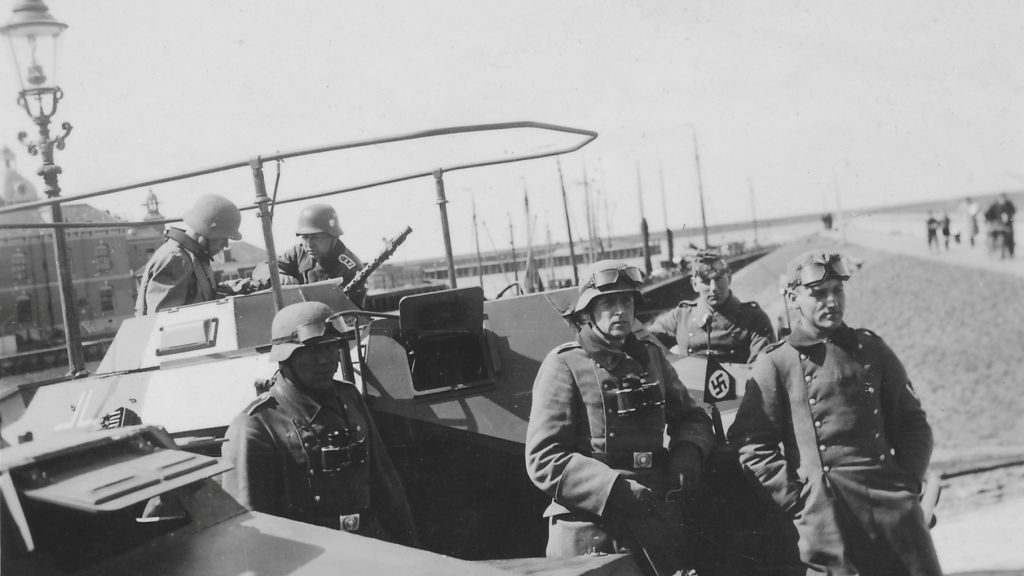1 April - 28 May 2023
Harlingen 1940-1945 Tangible Memories

Harlingen 1940-1945 Tangible Memories
Several
events had a significant impact on the Harlingen population. In the early years
Harlingen was a target for the British bombers. In 1941 a British bomb fell on
the 'Schritsen' street causing 13 deaths and extensive damage to houses, the
synagogue and the Roman Catholic church. Parts of this bomb are now exhibited
for the first time, next to photos showing the damage.
The exhibition also devotes attention to the Jewish inhabitants of Harlingen. Before the war there was a Jewish community in Harlingen, at its peak in 1873 it numbered 369, gradually decreasing thereafter. Members of the Jewish community ran small businesses, earning their living as brush makers, (export) butchers, pelt mongers or manufacturers, well-known names were Pais, Boas, Leijdesdorff and Speijer. Only a few of these people survived the war.
Several Harlingers were active in the resistance movement, some of them paid for this with their lives. In January 1945 25 Harlingers were arrested by the 'Zollgrenzschutz' (customs border guard). Thirteen of them died in concentration camp 'Neuengamme' near Hamburg.
In 1943 a British plane crashed near Wijnaldum. The metal crosses marking the graves of the crew that perished can be seen in this exhibition. The graves of 67 allied servicemen, some unidentified, who fell in combat in the surroundings of the town are to be found in the Harlingen cemetery.
On April 17 1945 the Canadians liberated Harlingen and gradually 'normal' life was resumed. Parties were organised for the liberators and the inhabitants. However not everyone could celebrate liberation. There was also a lot of sorrow because many sailors, resistance workers and members of the Jewish community had not survived the war. Of the 10,000 inhabitants of Harlingen 159 had perished.